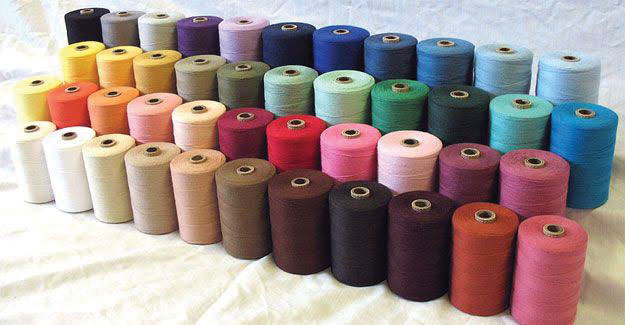
Cotton Yarn Exports Improve; Margins Likely To Be Weak In FY20
India Ratings and Research (Ind-Ra) has published its latest credit news digest on India's textile sector. The report highlights the trends in the sub-segments of the textile sector, including cotton, man-made fibres, yarns, fabric with a focus on commodity prices, imports/exports, production and recent rating actions. Cotton prices fell steadily in the three-to-four months ended October 2019, providing support to the domestic cotton industry. Cotton prices were down by 6-10% yoy during October 2019 because of a steep decline in international cotton prices, reduction in demand for cotton yarn, and the availability of cheaper cotton from Southeast Asian countries. The Cotton Corporation of India (CCI) has forecast a growth in cotton production for the ongoing cotton season (October 2019 to September 2020), which would boost the availability of cotton at competitive prices. This would benefit the spinning industry, improving its operating performance and profitability. In October 2019, cotton yarn exports improved by 13% on MoM basis but fell by 31% on a YoY basis. Demand from China and Bangladesh increased during the month; however, due to the ongoing US-China trade war, exports to China continue to be around 50% of the October 2018 levels. Cotton yarn production fell by 9% yoy in October 2019. Meanwhile, the share of exports in the total production increased to 25% in October 2019 from 19% in September 2019, supported by increased demand from the top two importers (China and Bangladesh). Fabric exports improved to Rs 23.16 billion in October 2019 (October 2018: Rs 21.72 billion) due to an increase in demand from the Middle East. During the seven months ended October 2019, India's fabric exports increased by 7% yoy. Readymade garments (RMG) witnessed growth of 2% in October 2019 due to higher demand from European nations and the Middle East. During the seven months ended October 2019, India exported RMG of Rs 629.21 billion. In the spinning segment, lower demand and volatility in raw material prices during FY19 and 1QFY20 led to a fall in EBITDA margins and elevated leverage. However, in 2QFY20, margins were stable at the levels of 3QFY19 and 4QFY19 owing to a fall in raw material costs. In 3QFY20, interest coverage is likely to increase owing to reduction in debt due to scheduled repayments and the absence of any major capex plans in the segment. Manmade fibres (MMF) saw the third consecutive month of stabilisation on the back of stable crude prices, which has helped the segment witness stabilised EBITDA margins and improved credit metrics. The segment had witnessed a fall in margins in FY19 owing to volatility in crude prices, though they recovered in the latter half of FY19. During 2HFY20, margins stabilised at 6-7% against less than 5% in 1HFY19. The segment's performance has been adversely affected by lower operating margins of some stressed assets, which constitute 35-40% of its sales. The segment's interest coverage and net leverage are likely to improve in FY20, owing to stabilised crude prices and improved demand amidst uncertainty of cotton prices. The MMF segment is likely to gain from the instability in cotton prices, with many companies improving production/utilisation on the back of higher demand. The decline in demand for and production of cotton yarn has benefited the synthetic yarn segment, which witnessed growth in 3QFY20.
Textile Excellence
If you wish to Subscribe to Textile Excellence Print Edition, kindly fill in the below form and we shall get back to you with details.








